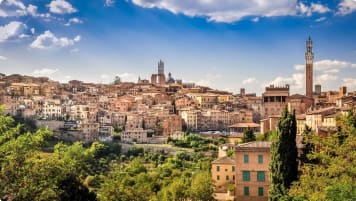Questions about Italy
Escorted small group tours for mature and senior travellers to Italy. Designed for couples and solo travellers who like to explore and enjoy learning as they travel to Rome, Florence, Genoa, Venice, Naples, Sicily or Lake Garda and beyond.
25 Feb 20 · 2 mins read
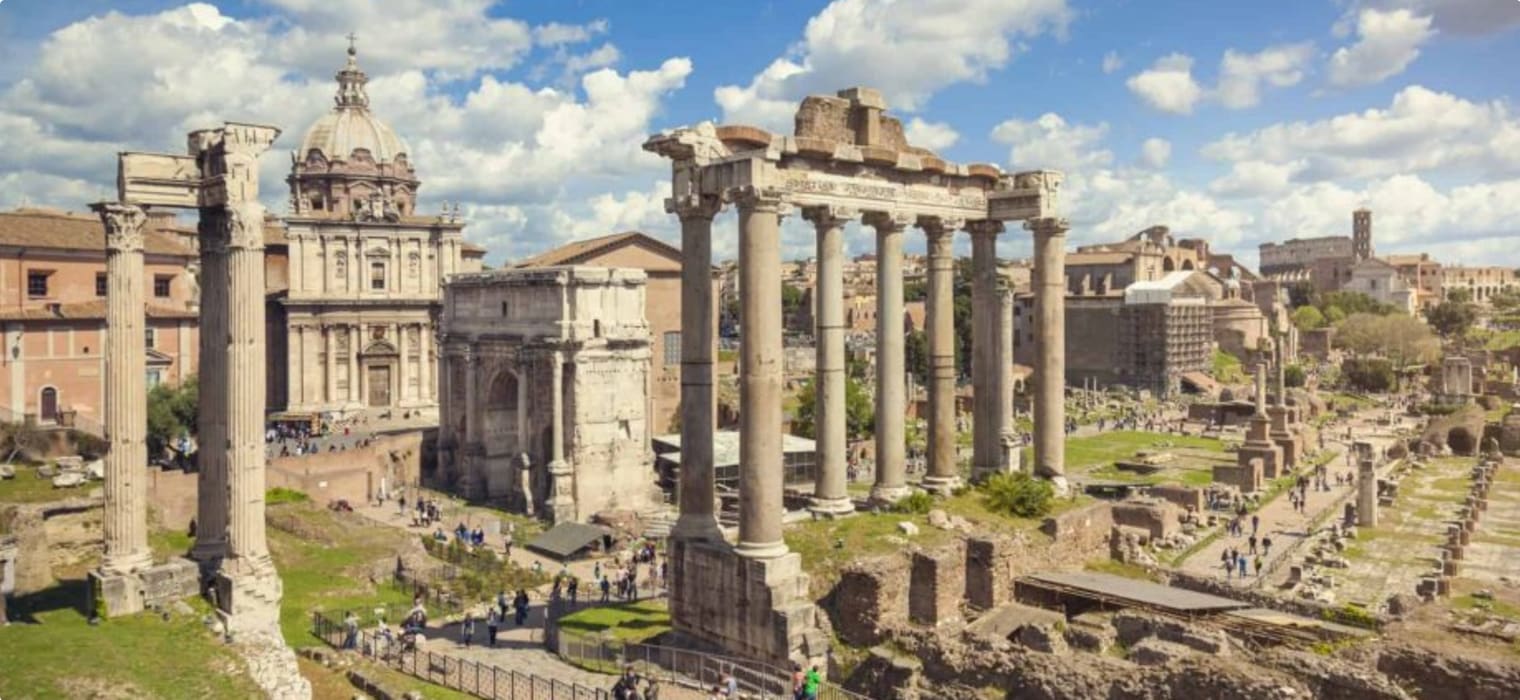
Questions about Italy for senior travellers on a small group tour.
Odyssey Traveller specialises in crafting unforgettable experiences for senior and mature-aged travellers travelling as a couple or as a solo traveler. Providing adventure and educational programs to small groups since 1983. Odyssey has built up a reasonable knowledge bank to answer questions about Italy that travellers are likely to ask, as they make their plans to tour independently, or with us as part of a small group tour. We hope that this list of frequently asked questions and the answers we provide will help you with planning your next holiday.
Read on, but please do not hesitate to contact us via the website, or through email or chat if you have more questions about Italy or our other tours.
FAQs
What countries border Italy?
Located on a peninsula jutting from south-central Europe deep into the Mediterranean Sea, the shape of Italy is frequently compared to a boot. Italy is bordered by France to the north-west, Switzerland and Austria to the north, and Slovenia to the north-east; while the peninsula is surrounded by the Tyrrhenian Sea, the Adriatic Sea, and the Mediterranean to the south.
When was Italian unification?
For most of its history, the Italian peninsula has not been unified as the one country. In ancient times, the area was settled by a variety of civilisations, including the Etruscans in Tuscany and the Greeks in the south, before the peninsula was united under the Roman Republic and Roman Empire. Italy was once again divided in the Middle Ages, with the north divided between a series of powerful city-states – including Florence, Venice, and Siena – while the south came under the rule of successive empires, including the Holy Roman Empire and the Spanish Empire.
While Northern Italy’s city states were at the forefront of trade and economics during the Renaissance, by the 18th century, the Italian peninsula was in economic and political decline. In the very early 19th century saw the peninsula briefly united under the rule of the French Emperor Napoleon Bonaparte. This moment inspired the emergence of a nationalist movement, shaped by Romanticism and the republicanism of the French Revolution. In 1858, the Kingdom of Sardinia (despite the name, concentrated in the prosperous northern Italian region of Piedmont) signed a treaty with Napoleon III guaranteeing French aid in the case of Austrian aggression in the Italian Peninsula, in exchange for parts of Savoy and Nice. The Franco-Austrian War of 1859-61 saw the incorporation of Lombardy into Sardinia, and the retreat of Austria into the east.
At the same time, the revolutionary Giuseppe Garibaldi invaded Sicily and Southern Italy in the name of the King of Sardinia with a corps of volunteers. Joined by locals, they succeeded in claiming Southern Italy in 1860. In 1861, Sardinia took parts of central Italy, and proclaimed the creation of a single Italian state that year.
Over the following nine years, Tuscany, the Veneto, and Rome were all incorporated into the Italian Kingdom. Unity was complete, and a parliament was established in Rome in 1871. Even today, however, deep cultural differences remain between the different regions of Italy.

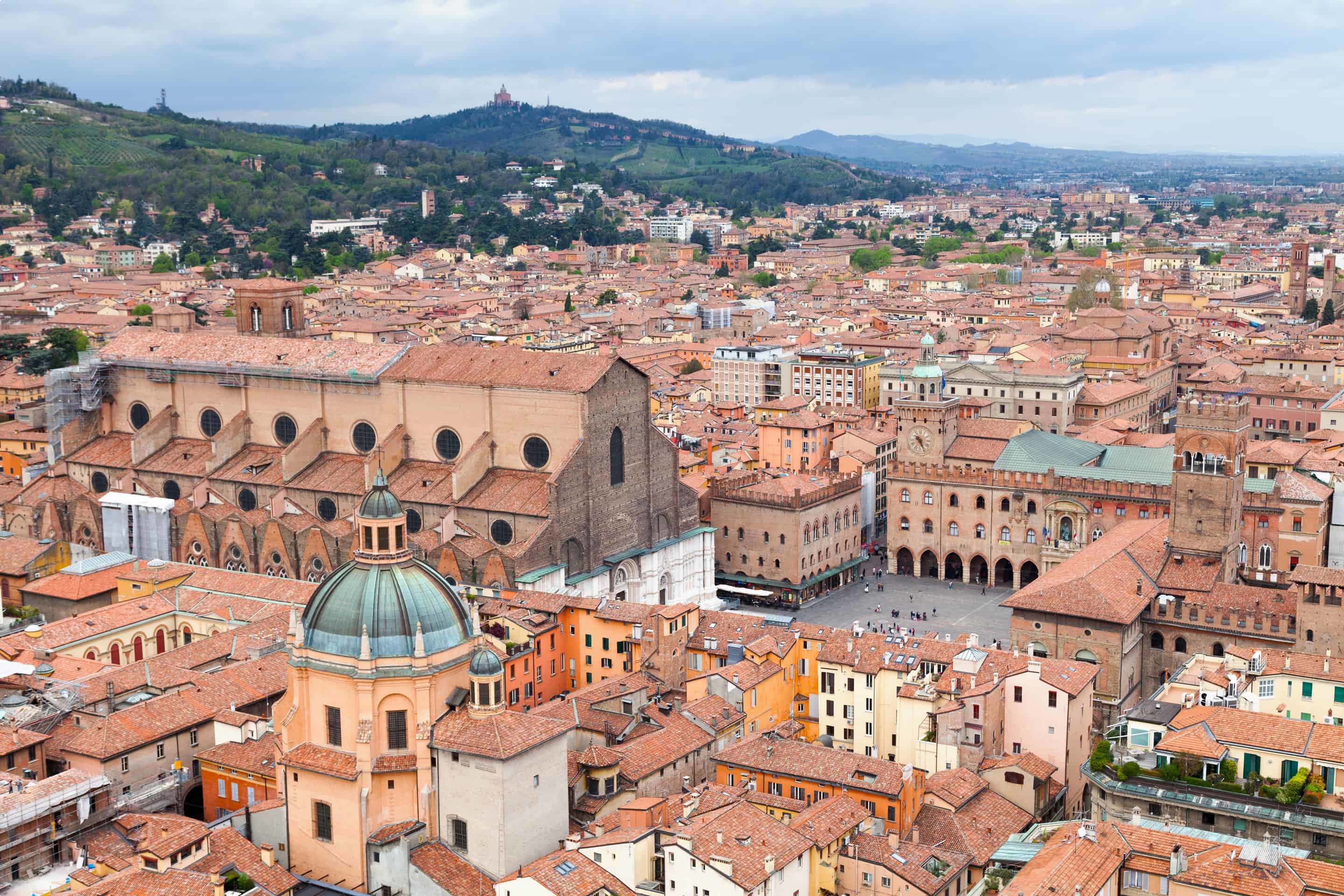
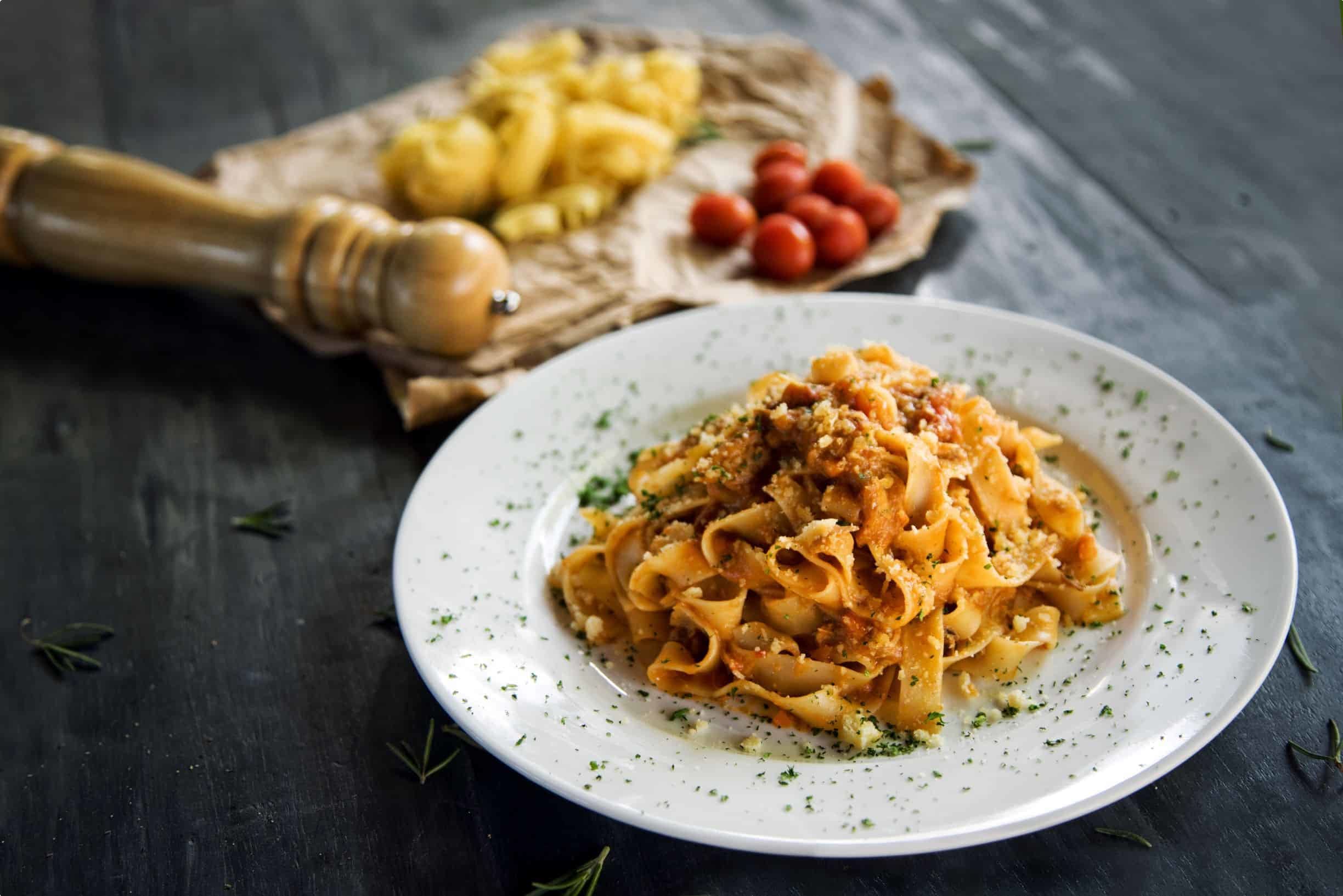


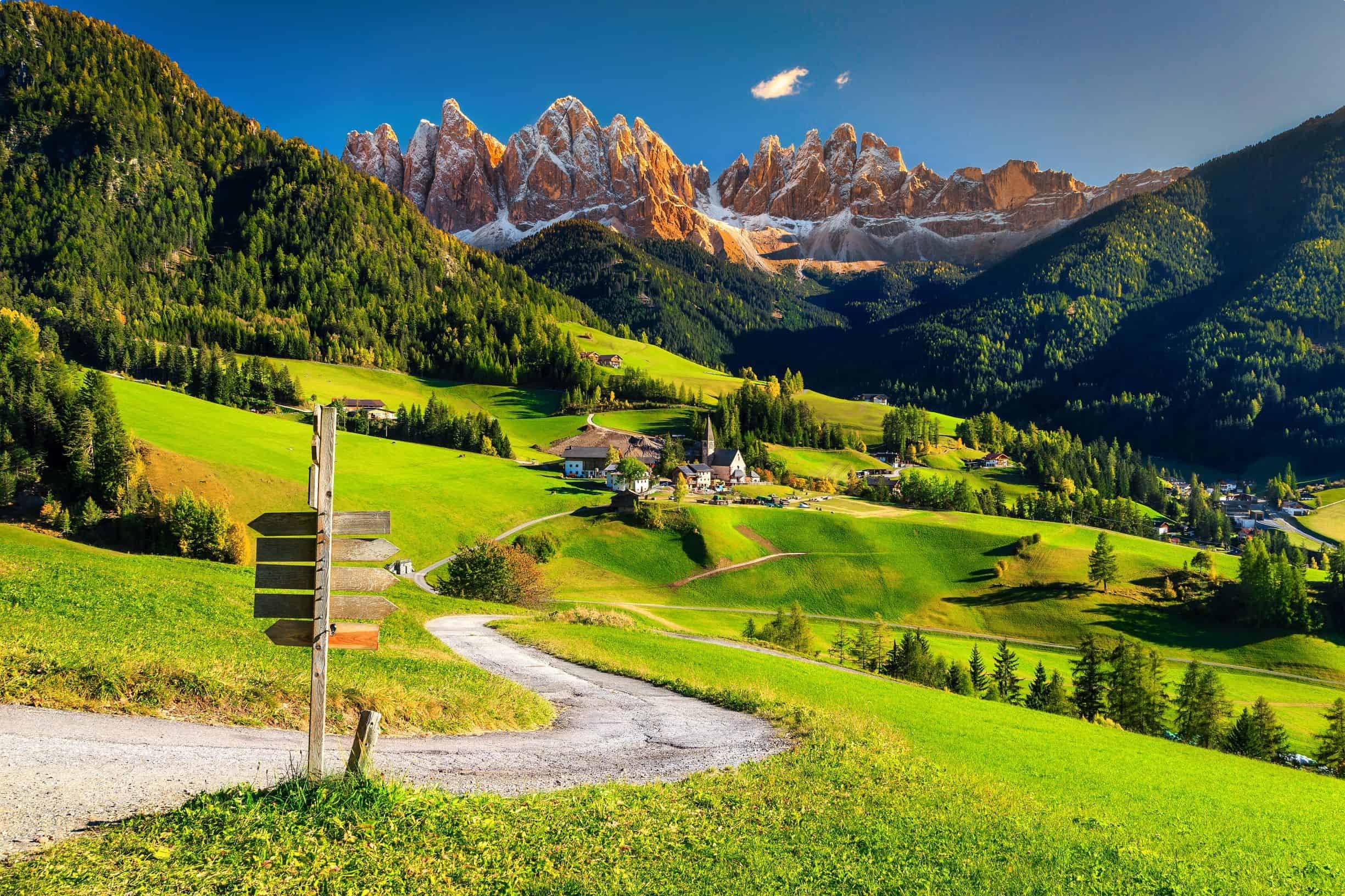
FAQs
What volcanoes are in Italy?
Italy contains three active volcanoes, the only ones in mainland Europe. Mount Etna, in Sicily, is one of the world’s most active volcanoes and is in an almost constant state of activity. Located within the metropolitan region of Catania, its fertile volcanic soils support agriculture, particularly vineyards and orchards. Etna has seen a number of major eruptions in the past 100 years, mostly recently in December 2018.
Mount Stromboli takes up almost all of the small Mediterranean island of Stromboli. Known as the ‘Lighthouse of the Mediterranean’, it is in almost continuous eruption visible from the surrounding sea.
The only active volcano on mainland Europe is Mount Vesuvius, about 9 km east of Naples. The eruption of Vesuvius in AD 79 famously destroyed the ancient Roman cities of Pompeii, Herculaneum, Oplontis, and Stabiae and killed more than 1,000 people. Vesuvius has erupted many times since then, most recently in 1944. Because of its close proximity to Naples – with around 600,000 people potentially affected in case of an eruption – Vesuvius is the most densely populated volcanic region in the world and one of the world’s most dangerous volcanoes.
Where is the oldest university in the western world?
Italy is home to the oldest university in Europe and the western world, the University of Bologna, which was founded in 1088 and remains in operation today.
What to eat in Italy?
Few cuisines are as universally beloved as that of Italy. Yet, while pizza and pasta are eaten around the world, few people realise that Italian food is fiercely regional, reflecting the geographic and cultural diversity of the Italian peninsula. As a general rule, northern Italian food tends to be heavier, making use of butter, rice, polenta and cheeses, while the south specialises in sauces based on tomatoes, olive oil and spices. The coast is famous for seafood, while central Italy is known for meat dishes such as wild boar. Particular highlights include:
Pizza: Originating in Naples in the mid-19th century, traditional pizza is available up and down the Italian peninsula. Another variant of pizza local to Italy is ‘Roman’ pizza. While Neapolitan pizza tends to be circular and relatively thick and soft, Roman pizza is cooked in long, rectangular baking pan with a thin, crisp base.
Pasta: Popular all over the Italian peninsula, pasta tends to vary from region to region in shape and topping, with northern Italians tending towards butter and cream sauces, while southern Italian sauces tend to be tomato-based. Particularly iconic pasta dishes include tagliatelle alla Bolognese (not spaghetti), originating in Bologna; carbonara, or eggs, pecorino, guanciale (a meat similar to bacon) and black pepper, originating in Rome; puttanesca, or spaghetti with tomatoes, olive oil, anchovies, olives, capers and garlic, developed in Naples in the mid-20th century; and Pasta alla Norma, a Greek-inspired pasta dish of tomatoes, eggplant, ricotta and basil, originating in Catania, Sicily.
Risotto: Risotto – or creamy rice with a variety of ingredients, including seafood, mushrooms, cheese, and sausage – originates in the north of Italy.
Cannoli: Cannoli – tube-shaped shells of fried pastry dough, filled with sweet ricotta – originate on the island of Sicily. Tradition holds that the preparation of cannoli dates back to the period of Muslim rule on Sicily due to their similarity to Middle Eastern fried pastry deserts such as Zainab’s fingers and qanawāt.
Gelato: While the exact origins of frozen desserts remain unknown, the inventor of gelato was Procopio Cutò, a Sicilian entrepreneur who established one of Paris’s first cafes, Café Procope. Having inherited a machine capable of making sorbets from his grandfather, Cutò amended his grandfather’s recipe, replacing honey with sugar and adding salt to make the ice melt more slowly. Today, gelato is widely available across Italy – and unlike the mass production of ice cream and gelato elsewhere – is usually produced in artisanal small batches, incorporating local ingredients.
Italy is also the world’s largest producer of wine. In addition to the internationally popular prosecco and pinot grigio, Italy is home to captivating local varieties such as Brunello, Vermentino and Barbera d’Alba. Iconic Italian liquors include grappa bianca and limoncello.
Italy also invented modern coffee culture in the late 19th century with the invention of the steam-driven espresso machine, which brewed finely ground and compacted coffee very fast, with high water, at high pressure. Today, Italian coffee culture is defined by rituals and rules: cappuccino only at breakfast, espresso drunk standing up at a bar – and never order a ‘latte’, unless you want to get a glass of milk.
What to buy in Italy?
There’s a reason that ‘made in Italy’ is a worldwide by-word for quality. Italy’s designer fashion and goods originate in artisan traditions dating back centuries. Things to bring back with include leather goods, particularly bags and shoes, Venetian glassware, and hand-painted ceramics from Sicily. Think about picking up local food products – olive oil, wine, and chocolates can all be taken through customs uneaten. And watch out for the annual sales in January and July for your chance to pick out a unique piece from one of Italy’s world-famous designer labels.
When is a good time to go to Italy?
Italy has relatively mild weather year-round, though the north tends to be hotter and the south cooler. In summer, expect crowds and hot, sunny days. Winter is less busy, but can be cold and many sights (particularly in coastal areas) are closed for the season. Spring and autumn offer pleasant and mild weather without the crowds of the summer high season.



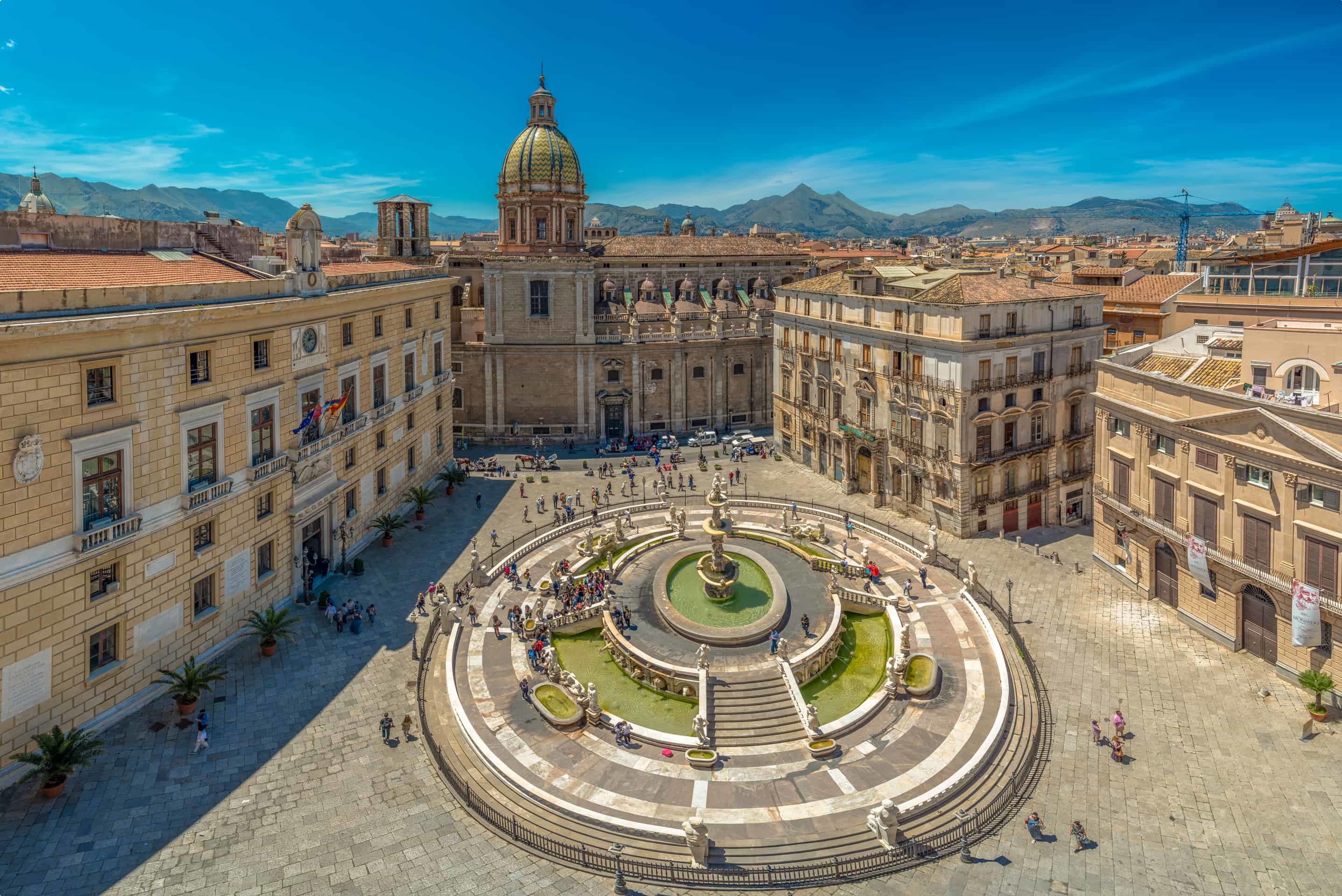


FAQs
Is Italy a safe country?
Absolutely! The Australian government’s smartraveller.gov.au recommends that visitors exercise normal safety precautions. Just exercise the caution that you would in any city, and keep an eye open for pickpockets and other petty criminals who tend to target tourists.
Why is Italy so popular with tourists?
History
Few places have as rich and varied a history as Italy. As the centre and hub of Ancient Rome, the Italian peninsula is covered in important archaeological sites. As the capital, Rome retains most of the most important heritage sites – from the virtually intact Pantheon and Colosseum, to the crumbling ruins of the Roman Forum, host to so many iconic moments in ancient history. Fascinating Roman ruins can also be found in Pompeii, preserved by the tragic eruption of Mount Vesuvius in 79AD.
The power of medieval Venice, maritime republic, is still tangible in fascinating Doge’s Palace. Italy’s Renaissance history can be explored in Florence, home of the Medici, while the long power of the Catholic Church is palpable in the Vatican City.
Art
As the cradle of the Renaissance, Italy is awash in artistic treasures. On your tour of Rome, head to the Sistine Chapel to see Michelangelo’s world-famous ceiling frescoes; while the Borghese Gallery is an elegant villa packed with masterpieces by Caravaggio, Raphael and Titian, in addition to stunning sculptures by Bernini and Canova. The Galleria degli Uffizi in Florence is the world’s greatest collection of Italian Renaissance Art, including a room full of Botticellis – while Florence is also home to the Galleria dell’Accademia, where the showpiece is Michelangelo’s David. For modern art, head to Venice, home to the comprehensive 20th art collection of Peggy Guggenheim and the eccentric contemporary collection of the Palazzo Grassi.
Architecture
The legacy of the renaissance is equally palpable in Italy’s grand architecture. Florence’s red-cupolaed Duomo epitomises the rational, elegant forms of the Renaissance, while St. Peter’s Basilica is an ornate masterpiece fusing Renaissance lines with the grandeur of the Baroque. St. Mark’s Basilica reflects Venice’s cosmopolitan past, fusing Byzantine domes and mosaics with marble walls from Syria, Egypt, and Palestine. Get off the beaten path and discover striking architecture in Southern Italy’s Puglia, ranging from the exuberant Baroque of Lecce, ‘Florence of the South’, to the distinctive white Trulli Houses, built by agricultural laborers as temporary homes.
Natural beauty
The variety and beauty of the Italian peninsula is one of the highlights of Italy. The Italian Alps offer fantastic skiing and beautiful lakes, while Tuscany and Umbria are country Italy at its most idyllic, all rolling hills, wineries, and medieval hilltop towns. And Italy’s lengthy Mediterranean coastline offers some of Europe’s best beaches, from the Cinque Terre and the Italian Riviera in Liguria to the stunning scenery of the Amalfi Coast to the pristine beaches of Sicily, Sardinia, and the Aeolian Islands.
What cities in Italy are a must see?
Perhaps no country has such a wealth of fascinating and beautiful cities as Italy. The rugged geography of the Italian peninsula meant that Italy’s towns and cities have had long histories of self-governance and fierce independence. The result is that each of Italy’s cities offers something new: a distinct dialect, a unique local cuisine, and/or a grand history that translates to stunning art and architecture.
Italy’s most iconic cities include:
Rome: The ‘eternal city’ is packed with Roman ruins, Baroque treasure, and exudes the relaxed spirit of la dolce vita.
Florence: The birthplace of the Renaissance, Florence is a picturesque city full of artistic treasures and historic monuments.
Venice: A city built on a lagoon, the canals, gondolas and palazzi of Venice still captivate.
Milan: Italy’s industrial and commercial hub, prosperous Milan is a goldmine for fashion lovers, while offering artistic treasures including the Gothic Duomo and the Santa Maria delle Grazie convent, home to Leonardo Da Vinci’s Last Supper.
Naples: Spectacularly located on the Bay of Naples and overlooked by Monte Faito, Naples is chaotic and full of life, with the world-class collection of antiquities of the National Archaeological Museum and a fascinating historic centre making it a must-see destination.
Genoa: From the 12th to the 13th centuries, the Most Serene Republic of Genoa ruled the Mediterreanean – and its legacy can be seen in the maze-like seaside city of Genoa, in close proximity to the stunning beaches of the Italian Riviera.
Perugia: A hilltop university town in the heart of Umbria, Perugia is a hidden gem, offering magnificent Gothic palaces, Renaissance frescos by Raphael and Perugino, and one of Europe’s top jazz festivals.
Palermo: Sicily’s capital, Palermo, has been shaped by its long position at the crossroads of civilisations. Check out the distinctive architecture, which fuses Arabesque domes, Byzantine mosaics, and Norman Gothic spires, at the Norman Palace and the Cathedral of Monreale (an easy day tour from Palermo).

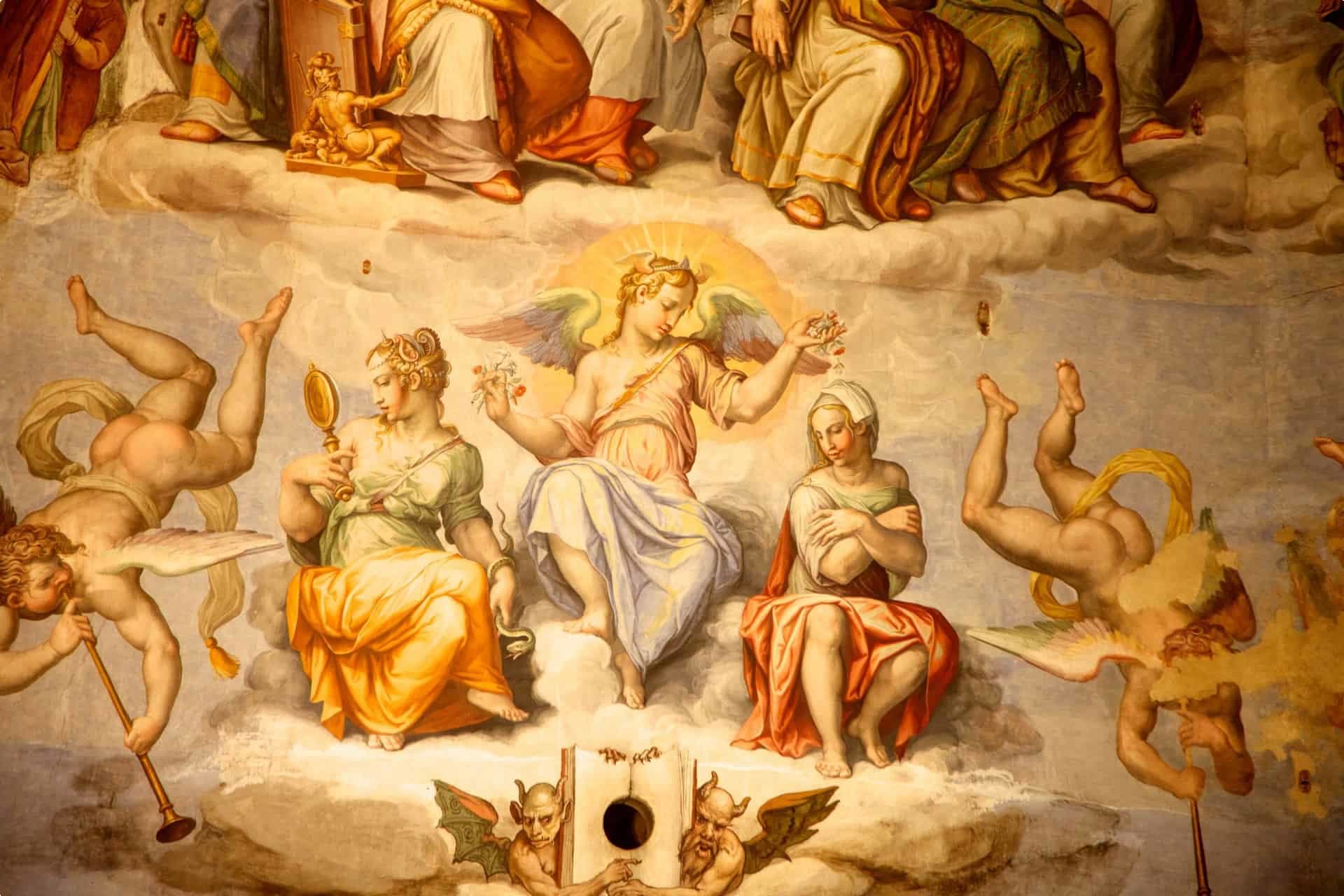
If you’d like to learn more, do join Odyssey Traveller’s tours of Italy, designed for the mature-aged and senior travellers.
Take a look at the itineraries, and please call or send an email if you have further enquiries.
Related Tours

days
JanTasmanian Colonial homes, centring on Hobart and Launceston | Summer School in Hobart, Tasmania
Visiting Tasmania
Summer School tour that examines the Historic homes and the history of their occupiers. Visiting Launceston, Hobart and other historic cities in Tasmania.
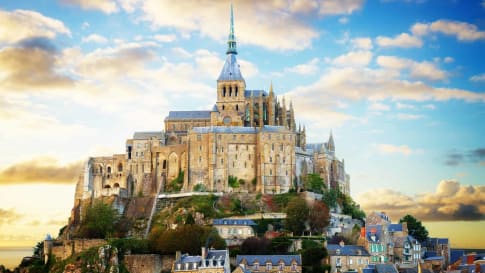
22 days
Apr, May, SepAnglo French Tour | Normandy, Brittany, Channel Islands tour
Visiting Channel Islands, England
Our 21 night program has daily itineraries with plenty of authentic experiences provided by passionate local guides in the key destinations in France, Channel Islands and England for this small group of like minded people. For Solo travellers minimal single supplement applies for this European tour.
From A$18,995 AUD
View Tour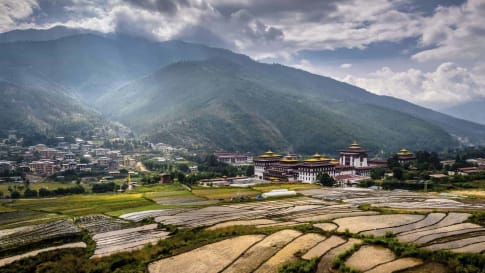
17 days
Sep, AprBhutan | Small Group Cultural Tour
Visiting Bhutan
An unhurried ocean of calm in a crowded continent, Bhutan is scenically magnificent. Join our small group escorted tour and walk up the mountain to the famous Tiger's Nest monastery. The Bhutanese will welcome you to share their distinctive culture, unpolluted environment, and colourful festivals.We explore centuries of Buddhist tradition inherited from Tibet that have shaped this land with art, dance, music, and even medicine shaped by religion.
From A$13,695 AUD
View Tour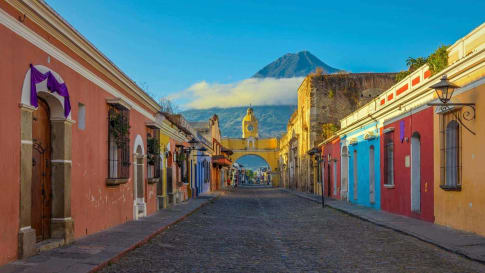
27 days
Oct, AprJourney through Central America: Panama, Costa Rica, Honduras, and Guatemala
Visiting Costa Rica, Guatemala
Join Odyssey Traveller as we go on a 27-day small group journey for mature and senior couples and solo travellers across Central America, exploring the history and diverse scenery of Panama, Costa Rica, Honduras, and Guatemala.
From A$22,855 AUD
View Tourdays
JanRomans settling Britain & Gaul | Summer School course
Visiting Tasmania
This course will investigate contemporary accounts of Roman of the path to occupation and then settlement in Britain and Gaul. This class will endeavour to consider and discuss the contribution Rome and the Romans had on the places controlled by these invaders.
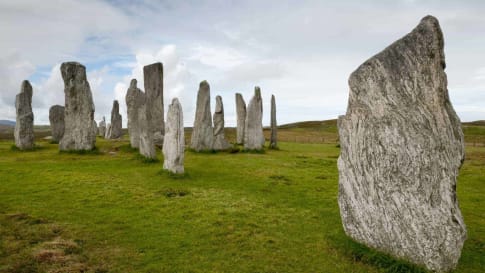
21 days
AugPrehistoric Britain small group history tour including standing stones
Visiting England, Scotland
This guided tour invites you to explore UNESCO World heritage sites at Skara Brae in the Orkneys, Isle of Skye, and Stonehenge in a prehistoric tour. This escorted tour has trips to key sites in Scotland, and the Irish sea in Wales such as Gower Peninsula and National Museum in Cardiff and England. Each day tour is supported by local guides.
From A$16,750 AUD
View Tour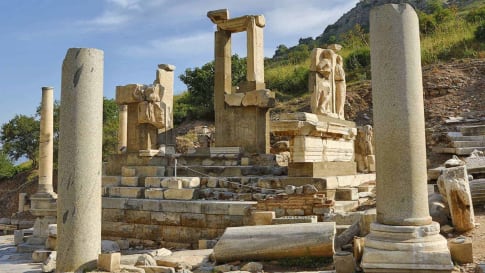
21 days
Apr, AugSmall group tour of Ancient Turkey
Visiting Turkey
As a travel company we seek to keep guests off the beaten path. Trips that are remembered for authentic experiences. Our small group journeys in Turkey are fully escorted by an experienced local guide and an Odyssey guide to give this type of experience whether at one of the many UNESCO World heritage sites explored or local bazaars. It is always about the adventure and memories that we will create.
From A$17,295 AUD
View Tour
12 days
Sep, MarJapan Odyssey - Small Group Tours for Mature Travellers
Visiting Japan
During this small group program we encounter history from ancient periods; religions such as Buddhism and Shintoism; the philosophy of the people through visits to world renowned temples and shrines; and old towns full of ancient legends of Samurai and more in Japan. Together we, as mature and senior couples or solo travellers will share some traditions which the Japanese have inherited. A variety of sites including UNESCO World Heritage sites, has been chosen for this tour, all filled with clues such as Hanami or forest bathing to understand the essence of Japan including astro boy.
From A$14,995 AUD
View Tour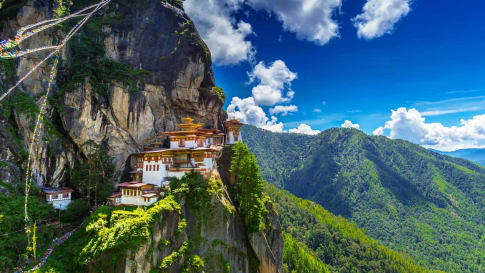
14 days
Nov, AprTour of Darjeeling, Sikkim, and Bhutan
Visiting Bhutan, India
Join Odyssey Traveller on this small group tour in the Indian subcontinent, taking us from the verdant tea gardens of Darjeeling nestled in the Himalayan mountain range, to the hilltop monasteries of the former independent kingdom of Sikkim, and finally to the pristine and beautifully isolated mountain landscape of Bhutan.
From A$12,325 AUD
View Tour
22 days
Mar, Sep, MayFlorence: Living in a Renaissance City
Visiting Italy
A small group tour with like minded people, couples or solo travellers, that is based in Florence. An authentic experience of living in this Renaissance city The daily itineraries draw on local guides to share their knowledge on this unique European tour. Trips to Vinci, Sienna and San Gimignano are included.
From A$14,375 AUD
View Tour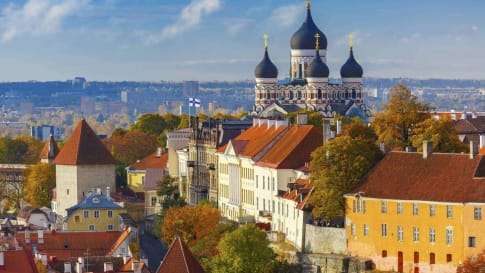
21 days
Oct, May, SepBaltics Small Group Escorted Tour: Latvia, Estonia, Lithuania, Stockholm
Visiting Denmark, Estonia
An escorted small group tour to the Baltic States of Europe that explores the key destinations of this region starting in Warsaw, then making its way through Poland, Estonia, Latvia, Lithuania, Finland, Stockholm and concluding in Copenhagen. Each day has scheduled itineraries supported by local guides who share knowledge and authentic experiences of the places visited. This is small group travelling to the Baltics for like minded people.
From A$16,975 AUD
View Tour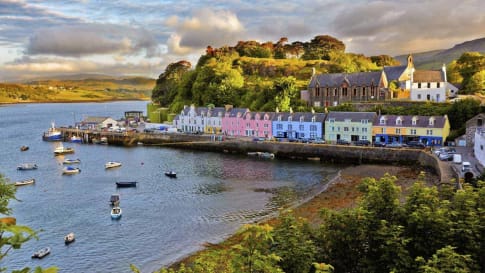
20 days
May, Jul, Aug, SepScottish Islands and Shetland small group tours for seniors
Visiting Scotland
An escorted small group tour for couples and solo travellers of the Scottish isles including the isle of Skye draws on local guides to share their knowledge of the destinations in this unique part of Scotland. UNESCO world heritage site are visited as breathtaking scenery and authentic experiences are shared in a group of like minded people on this guided tour of remote Scotland.
From A$17,525 AUD
View TourArticles
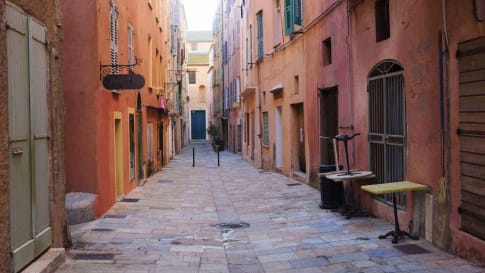
About Malta, Sicily, Sardinia and Corsica: islands of the western Mediterranean
For senior and mature travellers taking a small group tour to Malta, Sicily, Sardinia and Corsica, this paper answers questions and provides the historical context of a small group tour for couples and solo travellers to the Historic Mediterranean sea.

Ancient Roman Luxury Villas, Italy
Roman houses for wealthy people built in the times of the Republic and the Empire. Popular locations included on the lakes of Northern Italy, in the hills to the East of Rome, on the bay of Naples, and outside of Pompeii.

Apulia, Italy
Apulia, Italy The iconic trulli of Alberobello. The heel of Italy’s boot, the Apulia region (Italian: Puglia) is slowly taking its place among Italy’s major destinations. With a wealth of historic towns, beautiful scenery and…

Bari, Italy
Bari, Italy Aerial view of Bari, Italy. While travel guides and blogs have begun to tout Apulia as Italy’s ‘newest hotspot’ (Vogue Australia), the province’s capital, Bari, has been unfairly neglected. But we think this…
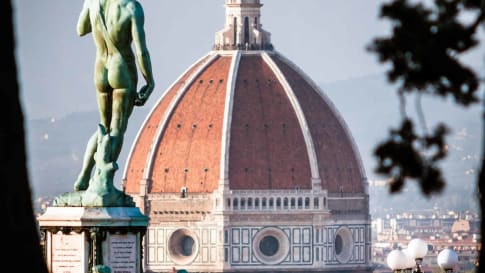
Brunelleschi's Dome: The Amateur turned Renaissance Genius
Filippo Brunelleschi. We will look at who he was and how he came to win the competition to design the dome for Florence's cathedral.
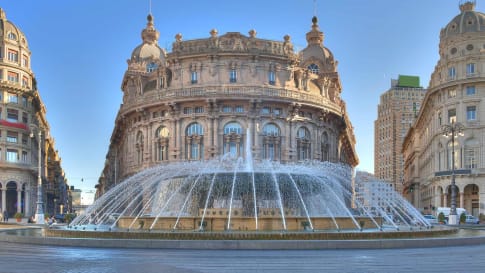
History of Genoa, Rival to Venice
In this article, we will look at the history of Genoa, and its rivalry with Venice that led to several wars fought between the two city-states in the 12th to 14th centuries.

Learning about Caravaggio's Paintings: The Definitive Guide for Seniors
Caravaggio’s Paintings Michelangelo Merisi da Caravaggio (1571-1610) was a leading 16th century Italian painter whose short but tempestuous life rivalled the controversy and drama he created through his highly influential art. Born in Lombardy, northern…

Palermo, Sicily
Palermo, Sicily Palermo Cathedral mixes Arab and Norman styles, a testament to Sicily’s multicultural history. The capital of Sicily and the island’s chaotic heart, Palermo is where civilisations – Arab, Norman, Italian – collide. Palermo…

